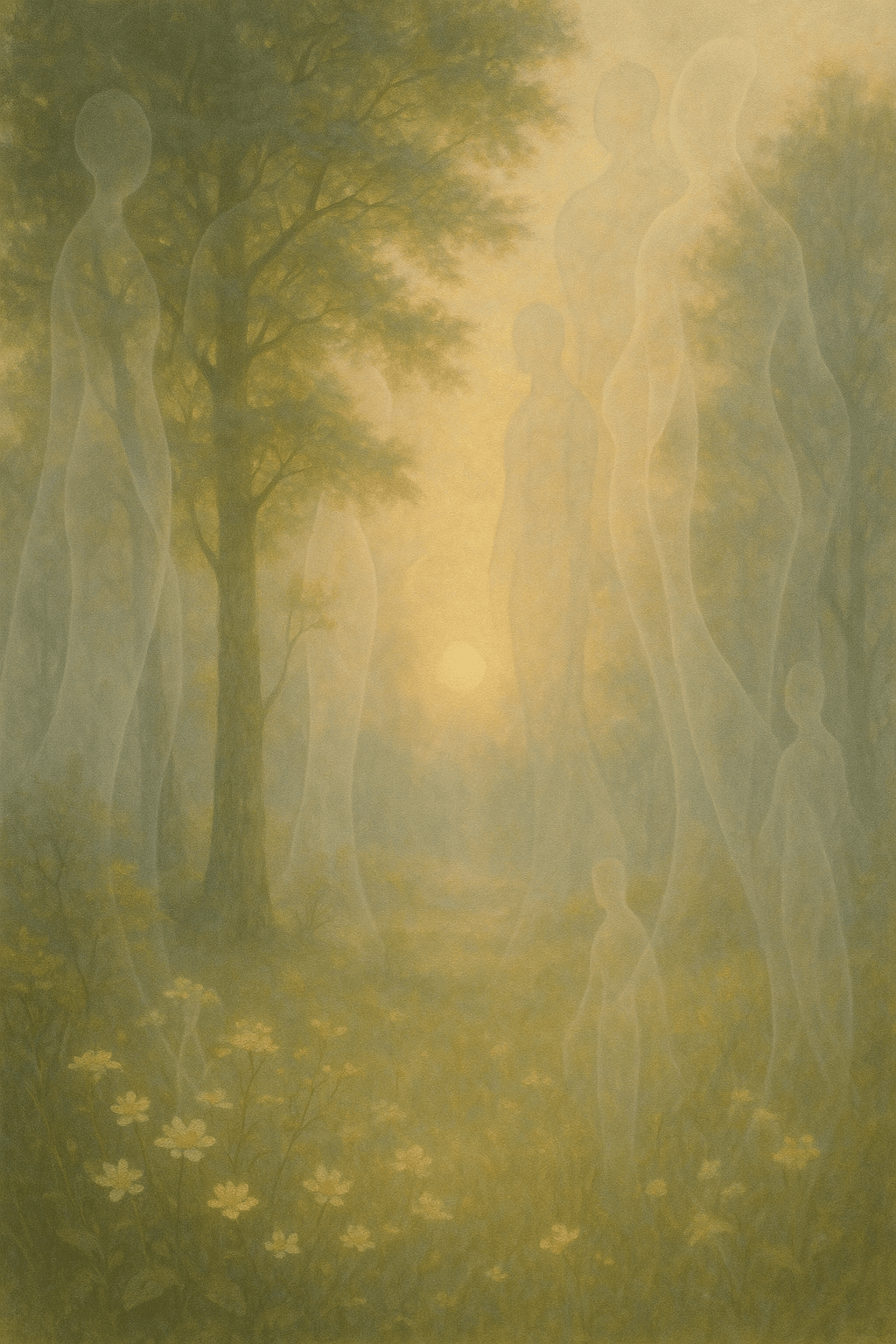Unveiling the Hidden Dimensions Behind Reality

The visible world is only a ray of the invisible. — Khalil Gibran
Interpreting Gibran’s Vision of Reality
Khalil Gibran’s statement invites us to reconsider our daily perceptions: what we see is not the entirety of existence, but merely a fragment, or ‘ray’, of a much broader, unseen reality. This poetic assertion challenges readers to look beyond outward appearances, hinting at a vast, invisible domain that shapes the visible world. In this light, Gibran’s words prompt a deeper inquiry into the nature of truth and how much remains obscured from ordinary sight.
Philosophical Roots of the Visible and Invisible
Exploring the roots of this dichotomy, philosophical traditions from Plato’s ‘Allegory of the Cave’ (c. 380 BC) suggest that physical phenomena are mere shadows of deeper, abstract forms. Plato argued that the senses capture only fleeting images, while true understanding comes from apprehending the invisible realities behind them. Thus, Gibran’s insight aligns with a longstanding philosophical motif, underscoring the limitations of sensory perception.
Spiritual Realms and Mystical Perspectives
Building on such philosophical foundations, many spiritual teachings—especially within Sufism, a tradition dear to Gibran—describe the visible world as an expression of a divine source. Sufi poets like Rumi articulate the perceptible realm as a veil concealing the ultimate unity of existence. Gibran’s metaphor suggests that by attuning ourselves inwardly, we can catch glimpses of deeper truths radiating beneath surface appearances.
Scientific Echoes: Beyond What Eyes Can See
Transitioning to science, the idea that much of reality is hidden dovetails with discoveries about the physical universe. For instance, visible light accounts for only a tiny fraction of the electromagnetic spectrum, with X-rays, infrared, and radio waves existing beyond our natural detection. Similarly, concepts such as dark matter remind us that the vast majority of the cosmos is invisible yet profoundly influences what is seen—much as Gibran suggests.
The Pursuit of Deeper Understanding
Bringing these threads together, Gibran’s message serves as an invitation to continual exploration—whether through art, philosophy, spirituality, or science. The visible world acts as a starting point, a narrow beam leading into the mysteries of existence. As we strive to understand not only what is apparent but also what is hidden, we enrich our perception and foster a sense of wonder, humility, and curiosity about the totality of reality.